África/Liberia/ Uganda / Kenia.Mayo del 2017/Noticias/https://theconversation.com/
Public school systems across Africa are struggling. Some people believe that public-private partnerships are the solution to fixing ailing government education systems.
Public-private partnerships (PPPs) first took root in the form of charter schools in the US, and academies in the UK, arrangements where private entities take over the management of public schools, sometimes for profit, sometimes not. Such schools have now also sprung up in Liberia, Uganda and Kenya. Now officials in the Western Cape province are working to explore the model in South Africa: in 2015, five fee-free schools were set up as pilot “Collaboration Schools”.
The Western Cape Education Department hosted an information session in February 2017 to extol the virtues of PPPs to potential operating partners and philanthropic funders, with a view to expanding the project to 50 schools in the next few years.
Despite the project being designated a pilot, there’s already draft legislation that proposes giving the provincial education minister powers to reclassify any school as a Collaboration school.
It’s irrefutable that there are huge challenges in South Africa’s public schools. The question is whether using PPPs is the correct way to address them. A great deal of research evidence suggests that this approach should be treated with caution.
An internationally contentious system
The model that’s being proposed in the Western Cape is based on US charter schools and UK academies. Ark, one of the major organisations backing academies in the UK, and also a partner of the controversial Bridge schools, is acting as an advisor to guide the Western Cape’s arrangements.
But Bridge schools in Uganda have been ordered by the country’s courts to shut down because of poor infrastructural conditions and under-qualified teachers. In April 2017 several groups protested against the World Bank’s decision to advocate for Bridge Schools in Africa.
PPP schooling arrangements are controversial and give rise to several concerns.
The first is whether public schooling, should be directed and influenced so heavily by private parties. These parties have no public mandate that governs their actions. We know, too, that private provision of what used to be public services often exacerbates inequality – be it in the health care space or basic utilities. There’s no reason to believe the education space will be different.
Secondly, many (but not all) Charter operators enter the schooling arena because they perceive education as a new market for profit generation. Some scholars have questioned whether profit should be made in sectors such as health and education. These areas are critical to social development and directly related to basic fundamental human rights.
The argument closer to home
The proponents of PPPs offer three main arguments in support of the model being deployed in fee-free schools.
Firstly, they say schools are given more flexibility to govern and administrate according to pupils’ specific needs. They also say this model offers greater “accountability” by schools to government and parents, based primarily on something they term “Outcomes Based Assessment”. And finally, these schools, which may not legally charge fees and struggle to raise alternative funds, benefit from much needed extra resources supplied by the collaboration or philanthropic partner.
All these changes are alleged to offer improved teaching and learning – and to do so more efficiently than is currently the case.
Research evidence has contradicted these claims. A recent large-scale study compared state district, non-profit charter and for-profit charter schools across multiple states in the US. They showed learning outcomes vary broadly, with no conclusive evidence of charters of either type performing better than their public counterparts.
Trends identified in the same study showed that collaboration arrangements in school management resulted on average in a) more money per pupil being paid for administrative and management costs and b) less money per pupil being paid on instructional costs – that is, teaching and learning.
The researchers also found that, as a general trend, both for- and non-profit charters kept teacher salaries low by relying on younger, less experienced staff. They also experienced high staff turnover. Separate research has found that rapid teaching staff turnover correlates negatively and significantly with lower learning outcomes.
Such findings directly contradict the premise of efficiency that’s used to justify public-private partnerships as being superior to purely public schools.
If, in fact, instructional costs go down and management costs concomitantly go up, such arrangements could be viewed instead as a mechanism whereby private “managers” infiltrate struggling public schools and inadvertently redirect teaching salary funds towards themselves. This might not be the explicit intention, but it’s the overall net effect.
In the South Africa case, the PPP arrangement has tried to distance itself from the charter school model by insisting that PPP schools remain absolutely public. But there’s a real long-term risk of a similar shift in salary allocation like the US case, with substantial sums at play. The largest part of South Africa’s education budget, divided through equitable shares to the country’s nine provinces, goes to salaries. This is around 80% of more than R200 billion.
As has been the case in charter schools and academies, teachers in PPP schools will most likely experience decreased job security under the auspices of “accountability” as measured by standardised test performance. Such pressures to pin student test scores on teachers ignore the fact that many of the factors which determine a child’s school performance originate in the home, not the classroom.
While some PPP arrangements justify decreased job security with the claim they pay more at comparative experience levels than their public counterparts, this obfuscates the youthful staffing that automatically decreases overall salary costs. The “churn and burn” effect ensures teachers rarely stay at the school long enough to command a senior salary.
Caution needed
There’s a growing consensus that South Africa’s poorest performing schools are still under-funded. So it seems pragmatic to source extra resources from NGOs, philanthropists and private operators, especially in light of a lean and over-stretched public fiscus.
But South Africa should carefully heed the lessons learnt from charter arrangements in the US and the current Bridge debacle in Uganda. Healthy scepticism is a good idea. While the project’s individual proponents may be well-intentioned, there’s a real risk of such models laying the country’s public education coffers vulnerable to capture by private interests.
Fuente:
Fuente Imagen:
https://lh3.googleusercontent.com/hQTMjCkcLWAZt1SozxV9DbUFYa9PehOsBH5DPNdBXzFJ1nITHJXOpH-AQkVu60w7EJ21=s85
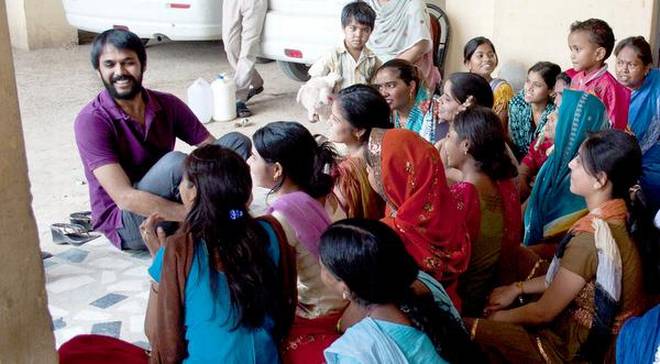
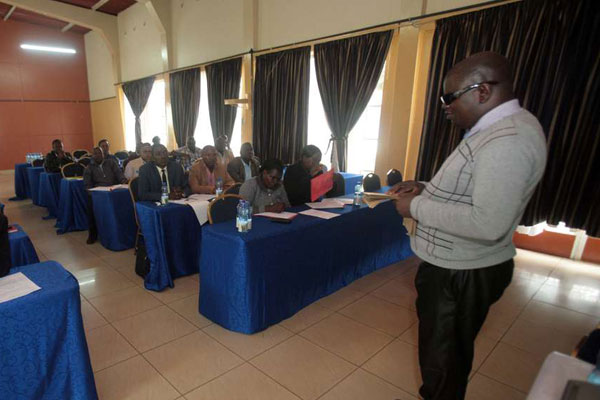
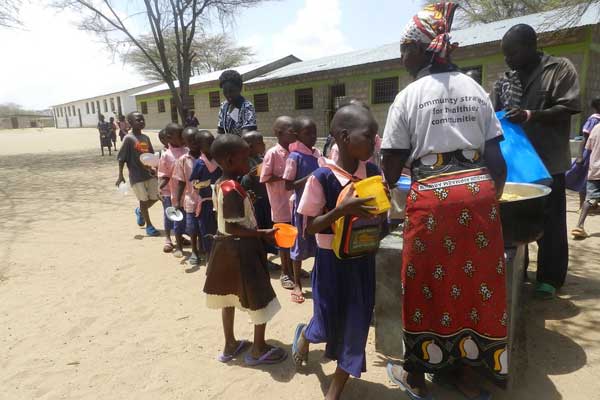
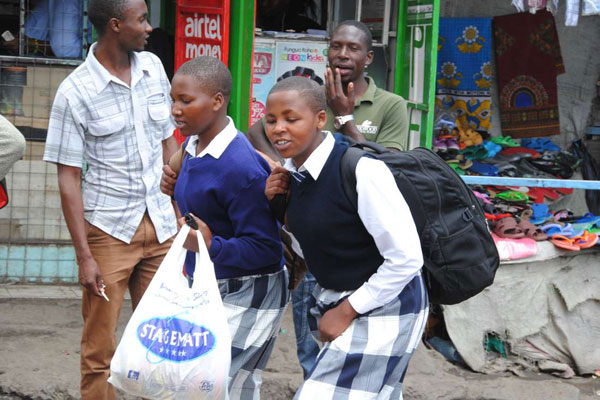
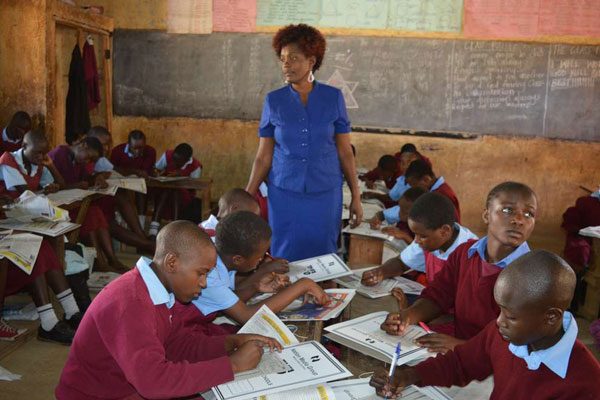

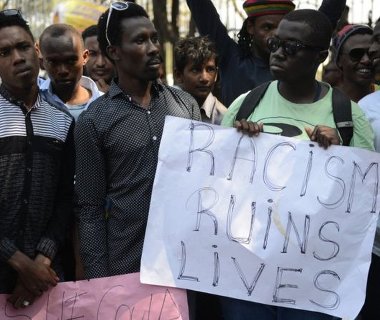






 Users Today : 35
Users Today : 35 Total Users : 35460338
Total Users : 35460338 Views Today : 51
Views Today : 51 Total views : 3419079
Total views : 3419079